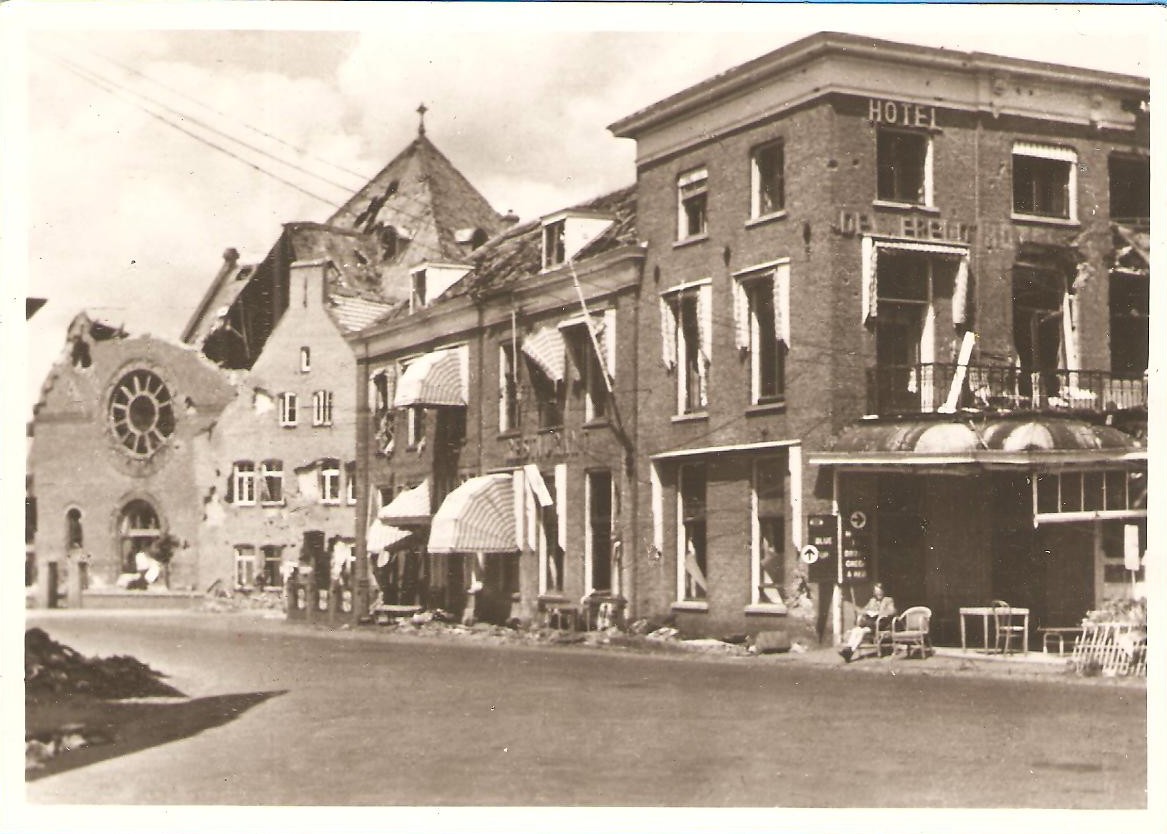a brief history of the story behind liberation
The Fifth of May is a renowned festivity in the Netherlands. Liberation Day, of course, commemorates the 5th May 1945, when Nazi German troops surrendered in Wageningen and put an end to their occupation of the Netherlands. In this article we will provide a historical overview of the Fifth of May and why it is so wholeheartedly celebrated by the Dutch.
World War II officially began in September 1939 when Nazi Germany invaded Poland. The Netherlands declared its neutrality but nonethe-less began preparations for the worst; should the Nazis decide to invade they would be delayed at the border. The Netherlands were invaded on the 10th May 1940, though no clear reasons supported the invasion, nor was a declaration of war announced by the Germans. The invasion of the Netherlands coincided with the invasions of both Belgium and Luxembourg. Immediately, an order was issued to evacuate the border towns and relocate their inhabitants to cit-ies further away from the front, as the Dutch army planned to attack along the Grebbe line, and therefore the whole Gelderse Valley was to be evacuated. Wageningen was included in this order and was evacuated by ships on the Rhine on the very same afternoon as the invasion.
However, the Dutch army was unprepared for the German blitzkrieg – lightning war – that swept through the eastern portions of the Nether-lands; Wageningen itself sustained major damage. Seeing themselves severely disadvantaged and following the severe bombings in Amsterdam and Rotterdam, the Dutch govern-ment surrendered five days after the invasion. Wageningers started to re-build the city as soon as they were granted permission return to their homes, immediately after the Dutch surrender. This was the first attempt to recover from the damages caused by the war. In the years that followed, the Netherlands were occupied and consequently put under strict Ger-man control. With regards to Wageningen, the city was not only occupied but was bombarded again in 1943 and 1944, causing extensive damage to the property and the deaths of doz-ens of civilians.
On the 6th June 1944, the Normandy Landings took place, and, as we now know, this proved to be the definitive operation by the Allies to defeat Nazi Germany in Western Europe. Some months later, and in spite of the fail-ure of Operation Market Garden to liberate the Netherlands by the end of 1944, in September British and Pol-ish Allied troops entered the Batavia region (or Betuwe in Dutch) mark-ing the beginning of the end of the German occupation. Wageningen was again under threat of bombard-ment was evacuated for a second time in the late 1944. The second evacuation was notably longer than the first. While it was expected to last for only several weeks, it instead last-ed 8 months and coincided with the Hunger Winter famine (the Honger-winter). By this time, the Nude region connecting Rhenen and Wageningen had become a no man’s land between the occupied and freed territories and massive amounts of food stocks set aside for the occupied regions were piling up.
By the end of April 1945, the situa-tion had vastly deteriorated for Nazi Germany. Berlin was being besieged by the Soviet Union, and, unwilling to surrender, the leader of Nazi Germany, Adolf Hitler, committed suicide on the 30th of April. The Ger-man troops began retreating from the Netherlands in early May 1945 put-ting an end to rationing and, on the 2nd May 1945, Operation Faust was initiated to mobilise and distribute food. Coincidentally, Wageningen was the place where Allied General Foulkes and German General Reichelt arranged for the transportation of the goods. On the very same week, Foulkes arranged a meeting to negotiate the official German surrender in the Netherlands.
On the morning of the 5th May 1945, Allied Generals Foulkes and Kitch-ing, German Generals Reichelt and his superior Blaskowitz, Dutch Prince Bernhard and an interpreter assem-bled at Hotel De Wereld to determine the terms of the German capitula-tion. Initially, the Germans were of-fered the general conditions for their surrender in northwest Europe, but additional points were raised, and a new document needed to be com-posed. It is believed that not a single typewriter could be found in war-torn Wageningen and consequently the actual signing of the surrender took place the following day in the Aula.
As it is commonly said, the rest is history. Liberation Day is celebrated every year in Wageningen and is a national holiday every five years (that will be next year, in 2020). If the reputation of Dutch parties and festivities are anything to go by, it will likely be an unmissable event!

